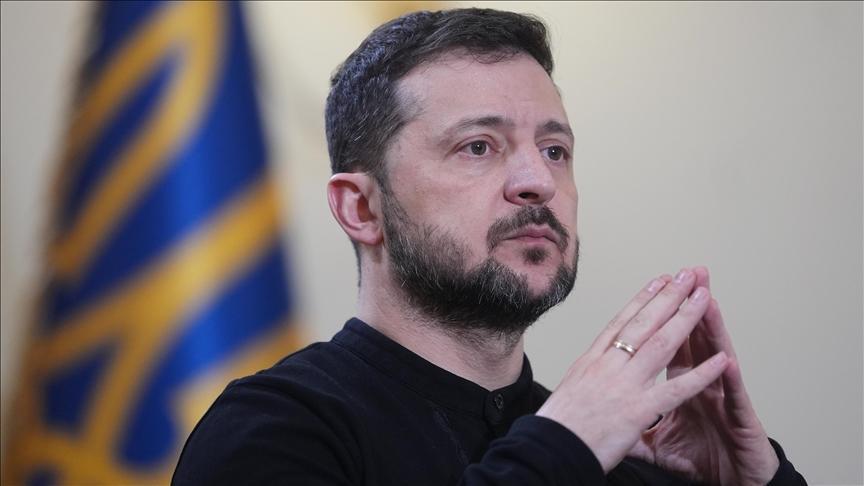Do we need doping?
These days, one of the main topics of discussion in Turkey is far from sports and its ethics due to the approaching referendum. However, with the latest news that added three more Turkish national athletes to the long chain of Turkish sportspeople who have been tested positive with doping, I wanted to write about the need for doping. Elvan Abeylegesse has been banned for two years, whereas Gamze Bulut and Songül Konak have been banned for four years by the International Association of Athletics Federations (IAAF).
Britain’s Jo Pavey is among those set to receive a medal or awaiting an upgrade after the IAAF announced the sanctions against Turkish athletes Abeylegesse and Bulut following their anti-doping rules violations. In the latest edition of the IAAF’s newsletter, the world governing body states that Abeylegesse was handed a two-year ban from Sept. 29, 2015 to Sept. 28, 2017, and that her results from Aug. 25, 2007 and Aug. 25, 2009 would be annulled.
This comes after Abeylegesse’s in-competition test turned out positive from the 2007 IAAF World Championships in Osaka following a retesting. At that event, Abeylegesse claimed a silver medal from a 10,000 meter run behind Ethiopia’s Tirunesh Dibaba, beating the U.S.’s Kara Goucher and Pavey. As a result, Goucher is set to be upgraded to silver and Pavey to bronze.
Why are there so many Turkish sportspeople who have abused rules and taken dope? It must be about short-term money gains, because the IAFF is very strict about doping, and they will get you, sooner or later. To gamble on the chance that the IAFF will not catch you is a bad choice, as they have the right to keep your urine samples for 10 years to test whenever they want.
Maybe short terms gains somehow outweighs the loss of reputation or the end of careers for some people. It might also be about ignorance. The athletes and their coaches might really not know which substances are considered doping and which are not.
The last thing that comes to my mind is the fact that Turkish athletes know that their competition is strong and try to find an edge at the last minute and take banned drugs willingly to achieve sportive glory.
However if they look at their rivals, they could see that the other athletes are utilizing technology in search for an edge that will make the runner run a second faster or the jumper jump a centimeter further.
In speed skating, a sport in which a medal can be determined by a fraction of a second, the Slicker Skating Suits were created to give those athletes an edge. A collaboration of Under Armour and Lockheed Martin, this suit is installed with “flow-molding” to cut the drag that may accumulate behind a high-velocity skater. Also, the suits were intended to reduce the friction that is generated between an athlete’s thighs by placing strategic textiles on the inner thigh of the athlete.
Bobsled data mining improved the statistics on the track by installing sensors directly onto bobsleds. These sensors— 3D gyro sensor, speed sensor, and 3D acceleration sensor—wirelessly transmits a detailed feed for each race. All of the performance information was available in real-time, which is helpful to those viewing; and more importantly, to those participating who can view the recorded data and devise a plan to improve their next run.
Professional runners use technology with limits too. They keep track of all their runs; there is a technology to capture an athlete while she is running so that she can learn exactly how to correct her pace later on.
My wish from the Sports Minister would be to enhance our training facilities with these types of technologies and train coaches to use them so that they do not shame us all with doping cases. There would be no need for doping if we work hard and use technology appropriately.











